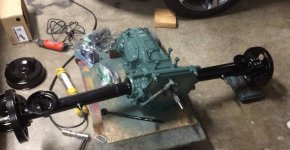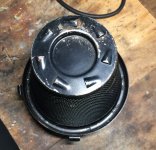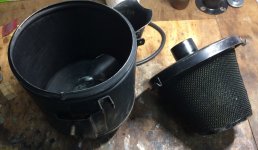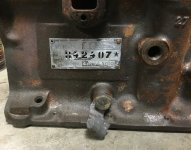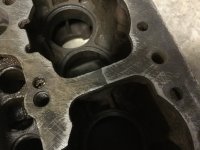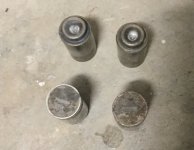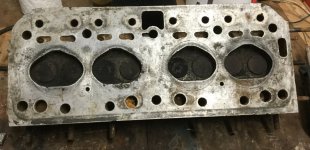I use rattle cans sometimes, but usually put clear coat over the paint. I don't think the original 4cv air filter is very good. I would like to put a modern filter inside the original housing. Does anyone know how to remove the cone shaped wire filter from the top of the original assembly? Also pictured is my rock tumbler. I don't use it to tumble rocks, just parts and dirty golf balls. All hardware and most anything else that will fit goes through the rock tumbler and comes out clean and shiny. I use a jumble of small hardware as my tumbling media for steel parts. The barrel is filled with water and dish soap. I have scraps of shoe sole leather for aluminum and brass parts. I always wanted a big tumbler, and starting the 4cv project gave me a reason to go ahead and get it built.
View attachment 128146View attachment 128147
Here's one somebody built earlier:

